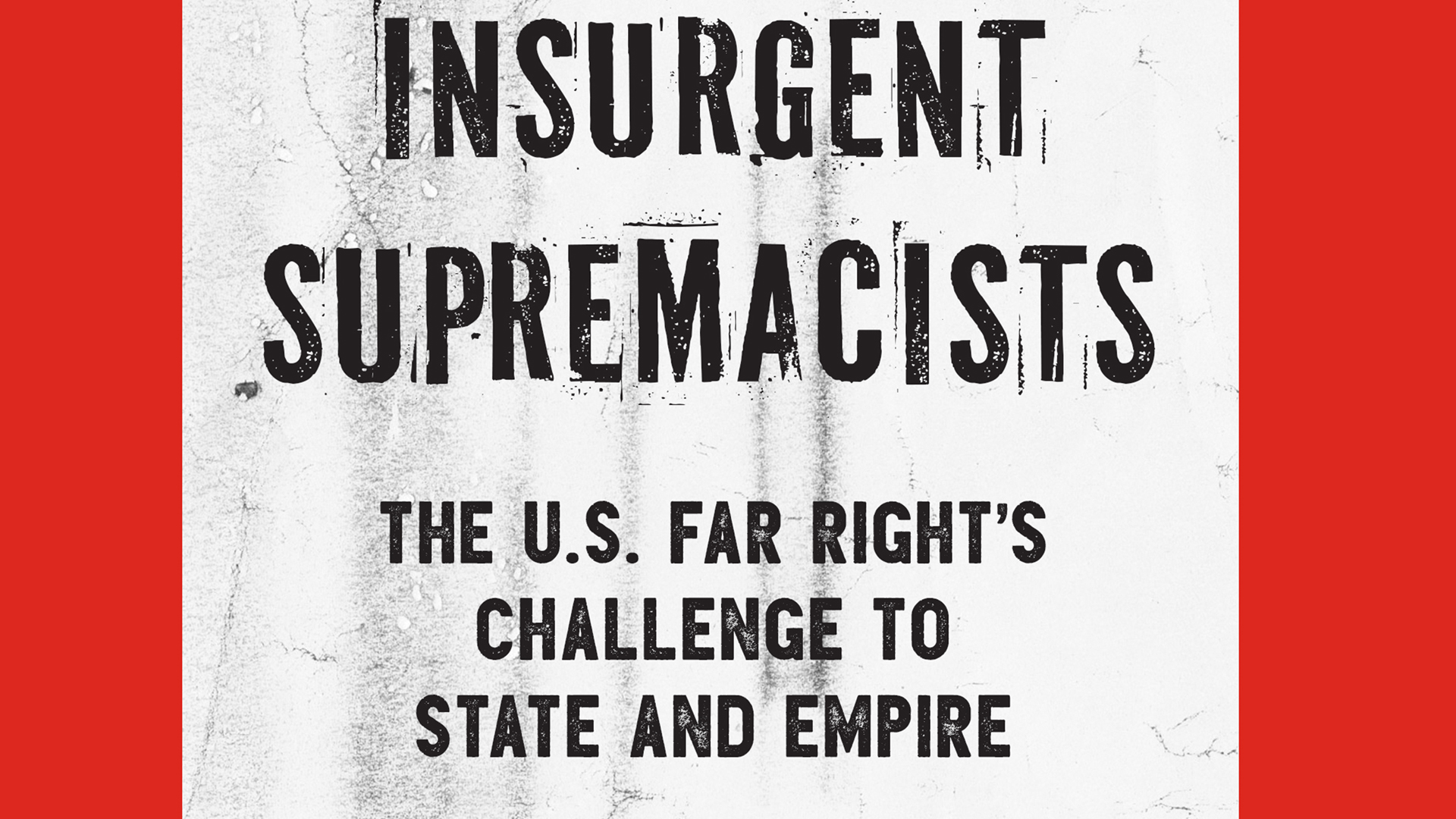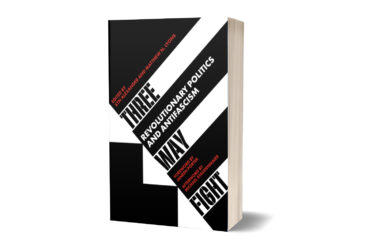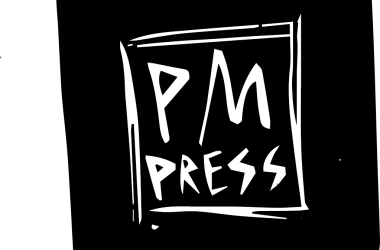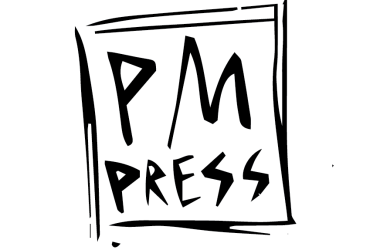By Matthew N. Lyons
The theme of this conference is “revolutionary nonviolence in violent times.” My work focuses on one of the forces in this country that is helping to make these times more violent: political movements of the far right. Far right movements perpetrate physical violence, threats, and harassment against their opponents and against members of oppressed groups. Far right movements bolster and intensify institutionalized systems of violence, such as white supremacy, male supremacy, and capitalism. And far right movements encourage more mainstream political forces to expand their own bigotry and scapegoating, and their own mainstream policies of repressive and supremacist violence.
These
are violent times, in part, because in 2016 far rightists played a
bigger role in electing the U.S. president than they have ever done
before, and because that president has echoed far right themes more than
any other president in living memory. But these far right movements
didn’t just appear suddenly. They have been developing for decades, and
they are a response, in part, to the protests and anti-oppression
struggles of fifty years ago.
The call for proposals for this conference asked the question, “Are our notions and definitions of what constitutes violence and nonviolence oversimplified?”
I want to use that question as a framework to talk about the far right,
because I think that many of the ways we have been taught to think
about the far right are, in fact, oversimplified. Getting past
oversimplifications about the far right isn’t just an intellectual
exercise – it’s vitally important if we want to develop good strategies
for defeating far right movements, and good strategies for liberatory
struggle. In that spirit, I’d like to offer five key points that guide
my work and that can help us move beyond oversimplifications about the
U.S. far right. I offer these points not as any sort of definitive
truths, but as a contribution to a larger discussion.
Point 1: The far right includes multiple supremacist ideologies. White nationalism has played a pivotal role in galvanizing far right activism, by telling white people not only that they are superior but also that they should break with the United States and form an all-white nation. All far right movements promote racial oppression to one degree or another, but not all of them put race at the center of their politics. There’s a branch of the Christian right that wants to create a full-blown theocracy, and that vision centers not only on religion but also on patriarchy, heterosexism, and enforced gender roles. Some Patriot movement activists, meanwhile, champion an absolutist kind of capitalist individualism. To cover all of these different currents, I define the U.S. far right to mean political forces that (first) promote human inequality as natural, desirable, or inevitable, and (second) reject the legitimacy of the established U.S. political system. These far right forces are distinct from, but interconnected with, system-loyal white supremacists, male supremacists, and authoritarians. Whether or not you think that’s a useful schema, it’s important to be aware of the ideological diversity among militant right-wing forces in this country.
Point 2: The far right is made up of regular human beings. Contrary
to what we are sometimes told, people who join far right movements are
not especially irrational or stupid or fanatical or opportunistic. You
can find people like that on the far right, of course, but that’s not
what keeps it going. Far right movements attract supporters because they
speak to people’s fears and hopes, because they offer a sense of
meaning or community or power, and because they offer appealing
explanations for real problems and complex social changes. If we
understand what makes the far right attractive, we have a better chance
of blunting or neutralizing its appeal, and maybe – just maybe – winning
some of its potential supporters to liberatory politics.
Point 3: The far right grows out of an oppressive social system.
Many liberals and conservatives describe the far right as an extremist
threat to democracy, but the U.S. is not and never has been a democracy.
It’s a shifting mix of pluralism and repression. Popular struggles have
won real political space that you wouldn’t find under a dictatorship,
but still a tiny elite holds most political and economic power, and
multiple lines of oppression shape most social relations. Challenging
the structures of power can get you fired, or jailed, or beaten, or
killed – especially if you are, for example, black or an immigrant or
trans. This system encourages both far right and mainstream political
forces to demonize and scapegoat oppressed and marginalized people. But
when people in privileged social groups believe that their privilege is
under threat and that the existing political
system does not protect their privilege effectively, some of them will
find far right politics appealing.
Point 4: The far right hates the ruling class.
If it’s a mistake to gloss over the deep connections between far right
politics and mainstream institutions, some leftists make the opposite
mistake, which is to treat far rightists simply as tools of the ruling
class. It’s certainly true that white supremacists and right-wing
vigilantes have traditionally helped economic and political elites by
attacking the left and organized labor and communities of color. But the
U.S. far right as it is constituted today believes that economic and
political elites have betrayed them. It believes these elites are using
multiculturalism, mass immigration, and globalization to weaken and
destroy white Christian America. This belief feeds on fear of losing
privilege, but it also feeds on people’s sense of disempowerment,
people’s sense of being beaten down. The far right draws on rebellious
anger and transmutes it into poison. That’s why the far right sometimes
sounds like a twisted version of the left, denouncing global capitalism
or U.S. military interventions – not in the name of justice or human
liberation, but in the name of racial purity or patriarchal religion.
Hatred of elites has even led some far rightists to take up arms against
the federal government, in hopes of inspiring a right-wing revolution.
Point 5: Defeating far right movements and dismantling institutionalized violence are distinct but interconnected struggles. To defeat the far right, part of what we need is broad, inclusive coalitions where there is room for people to act in different ways and with different politics – militant and non-militant, leftist and non-leftist. In these coalitions, as Anti-Racist Action put it in their Points of Unity almost thirty years ago, we need to practice non-sectarian defense of antifascists – set aside our differences to support those who are serious about confronting this threat we all face. However, this does not mean that our efforts should be purely defensive, or that we should set aside systemic change in order to “defend democracy.” Alongside broad coalitions, we also need radical initiatives which target established systems of power and the two major political parties that protect them. In these violent times, when millions of people are angry and confused and frightened, we cannot allow far rightists to present themselves as the only real oppositional force, the only ones committed to real change. Thank you.







